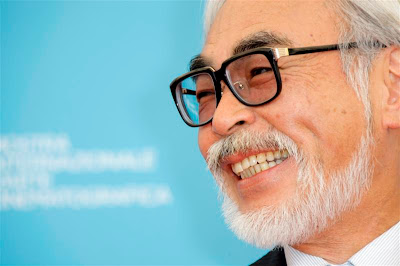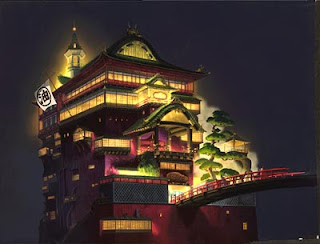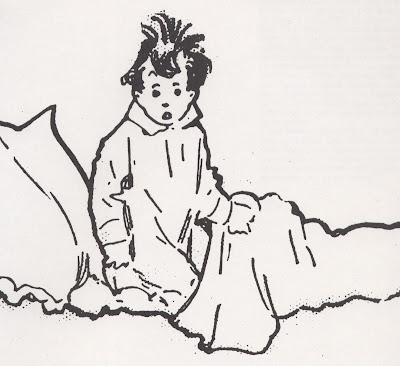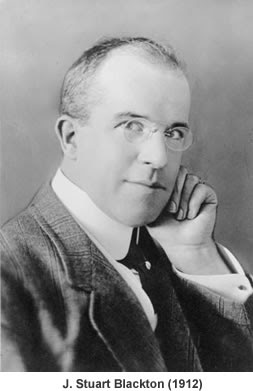
1995 John Lasseter's Toy Story is the world's first feature-length CGI cartoon, heralding the biggest animation revolution since Steamboat Willie. ( Steamboat Willie is famous for being the first animation with syncronized sound). John Lasseter was the director for the animation.
Company dicided to make the feature-lenght animation about toys after creating an animated short Tin Toy and seeing a potential in developing and producing the idea.
So the story is, as it‘s titeled about Toys. The daily rutine, adventures and lives they experience.
But as it is true to all Pixar aniamtions, regardless the technicall side of it ( wheter it‘s a first-time used computer technology or just generally peace of marvelous CG) the focus is always on th story and the characters, believing that the technical part plays as a tool to convey the idea‘s.
The impact this animation as well as the company created is clearly evident . The production of 3D animation during those 15 years developed and we now get to see other marvelous works such as Monster Inc., Up from the same company, or Shrek, Kung Fu Panda from Dreamworks studio.












